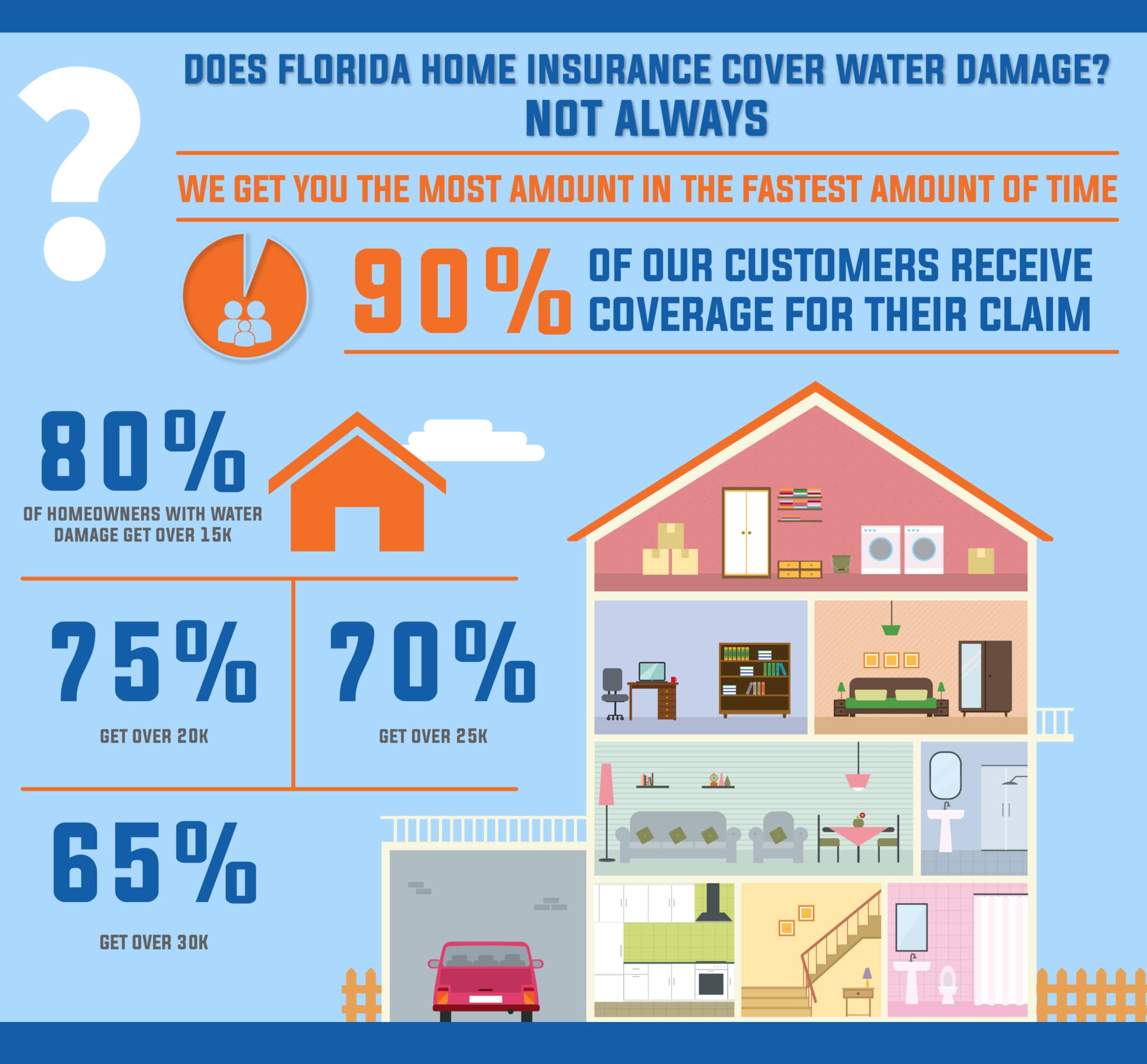See To It Your Roofing Isn't Concealing Expensive Problems; Discover The Signs That Might Save You From Costly Repair Services Later On. What Should You Look For?
See To It Your Roofing Isn't Concealing Expensive Problems; Discover The Signs That Might Save You From Costly Repair Services Later On. What Should You Look For?
Blog Article
Published By-Lamb Harding
You may not understand it, yet your roof covering is calmly antagonizing the components every day, and covert issues can bring about considerable problems if you do not catch them early. By performing routine evaluations and understanding what indicators to look for, you can protect your home from costly repairs. Watch out for missing out on shingles and those subtle dark areas on your ceiling that might indicate leakages. But that's just the beginning; understanding when to act and when to contact a professional can make all the distinction. What should you be trying to find?
Common Signs of Roofing Damage
When you inspect your roof, look carefully for usual indicators of damage that can cause bigger issues in the future.
Begin by checking for missing or fractured shingles; these can permit water to permeate in and trigger leaks. Pay attention to granule loss, which can show that shingles are aging and shedding their protective layer.
Next off, check out the blinking around chimneys and vents. If you spot rust or voids, water can conveniently enter your home.
Search for drooping locations on the roof, as this could indicate structural damages or the accumulation of moisture.
Do not neglect to check for moss or algae growth; while they may appear harmless, they can catch wetness and accelerate damage.
Inspect the rain gutters for debris and indications of water overflow, as this can suggest a blockage or improper water drainage.
Finally, keep an eye on your ceilings and walls for water spots or peeling off paint, as these could be clues that your roof is leaking.
Addressing these indications promptly can help you prevent more considerable fixings and expand the life expectancy of your roofing system.
Inspecting Your Roof Routinely
Normal roofing system inspections are critical for maintaining the stability of your home. By keeping a close eye on your roofing system, you can catch problems early, saving on your own time and money in the long run. Aim to inspect your roof a minimum of two times a year-- once in the spring and once in the fall. This timing assists you resolve any type of damage triggered by winter months climate and prepare for the approaching periods.
When evaluating, begin with the ground. Use field glasses to check for missing out on roof shingles, cracked floor tiles, or any kind of indications of wear. Try to find drooping locations or dark places, which could indicate leakages. Don't fail to remember to check the seamless gutters, as clogged or damaged rain gutters can result in water buildup and roofing system damage.
If you fit, climb up to the roof to get a closer look. Focus on flashing around chimneys and vents, as these locations are prone to leaks. Beware and ensure you have a safe method to access your roof covering.
Normal upkeep, like cleaning up particles and moss, will also help extend your roofing system's life expectancy. Remaining aggressive concerning examinations can help you detect surprise issues before they escalate.
When to Call a Professional
Commonly, house owners wait to call an expert for roofing system problems, thinking they can handle fixings themselves. However, recognizing when to seek aid can save you time, cash, and stress. If you see significant leaks, substantial water damages, or dark areas on your ceilings, don't wait. These signs might show major hidden troubles that require experienced attention.
If your roof covering is older than two decades, also minor issues can intensify promptly. Cracked tiles, missing out on tiles, or drooping locations are red flags that necessitate a specialist examination.
Additionally, if you're uncomfortable climbing onto your roof or do not have the necessary tools and experience, it's best to leave it to the pros.
When storm damage occurs, such as hail storm or high winds, it's crucial to obtain an evaluation from a qualified contractor. They can determine surprise concerns that can endanger your home's stability.
Lastly, if you have actually attempted repair work however the trouble persists, do not hesitate to hire a specialist. They'll bring the expertise and skills needed to guarantee your roof is protected.
Conclusion
By staying watchful and checking your roof consistently, you can spot surprise issues before they intensify. Watch out for common signs of damages, like broken roof shingles or dark places on your ceilings. If you discover anything concerning, don't hesitate to call a professional. Taking https://types-of-metal-roofing17273.actoblog.com/35122539/recognizing-concealed-roof-covering-issues-prior-to-they-rise however also saves you from costly repair work later on. Keep in Highly recommended Internet site , a little maintenance now can go a long way in maintaining your roofing in leading shape.
